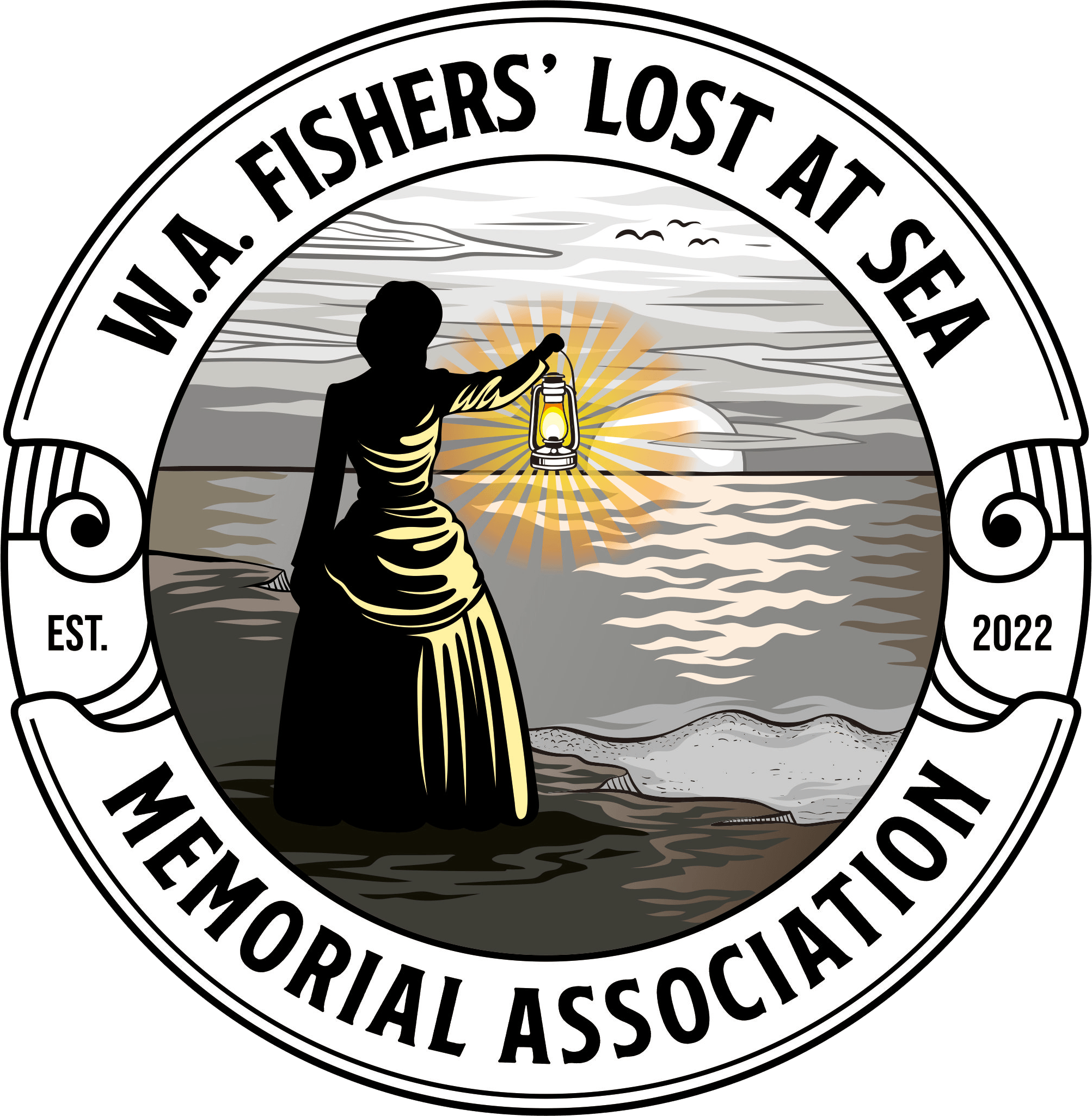Gilbert Beddoes
Gilbert Beddoes
Died on Rat Island, Abrolhos Islands; body recovered
08 February 1900

Courtesy of the WA Museum

Abrolhos Islands guano. Courtesy SLWA

Gilbert King Eagles Beddoes was born in Somerset, England in 1849. His father was Charles Henry Beddoes and his mother was Cecilia Charlotte Eagles. Gilbert had five siblings. The family originated from Wales. They moved to England in 1871.
Gilbert joined the Royal Navy and qualified as a Commander, surveyor and analyst. HIs qualifications saw him sent to Natal in South Africa where he fought in the Zulu War and was assigned to building jetties and tramways. He was the Captain of the Natal Native Pioneers and the superintendent of the Natal Harbour.
Gilbert met Elizabeth Mason in South Africa, and married her in Durban, Natal in 1875.They had four children between 1876 and 1882 – Rosamunde Mary Beddoes Kidd, Kathleen Beddoes, John King Beddoes ad Anna Nora Beddoes Ripley. Gilbert and Mary left South Africa when the building was complete. They took Rosamunde who was not married at that time. She married Claude Kidd in Geraldton in 1902.The rest of the family married in South Africa before the move was considered, and they remained there.
Florance Broadhurst and Gilbert were friends. Florance asked Gilbert to manage the Broadhurst and McNeil guano operations at the Abrolhos Islands in 1893. Florance’s father Charles had taken a lease of the islands in 1883 and had fared well from sale of the guano for fertilising farms. He shipped it to Geraldton, and south to WA farmers. There were international trading ships in Fremantle waiting to be loaded with the phosphate-rich guano for the European market.
Charles retired and left the guano business to Florance. There were living quarters built on Rat, Pelsart and Gun Islands, the three main collection stations. There were quarters for 40 hands, a laboratory for testing the phosphate levels of the guano, and a kitchen to feed the workers.
Gilbert and Mary settled in Geraldton, and Gilbert sailed to the Abrolhos to manage the extraction of guano. Part of the job meant building a tramway. Gilbert’s successes in South Africa were well-known and he seemed a logical choice for manager at the Abrolhos.
Gilbert was tasked with building tramways to get the guano to the beach, and jetties to get the guano onto the waiting ships. He tested the guano from West Wallabi, Woody and Beacon Islands which he found to have high levels of phosphate and were suitable as fertiliser.
Gilbert was the only pilot permitted to moor boats at Pelsart Island. Gilbert built a jetty there and guano was transferred there to load the waiting ships. All vessels docking or sailing were required to hand over command to Gilbert to navigate through the narrow channel to safe anchorage or exit to the ocean. The uncharted rocks and reefs proved fatal for a variety of vessels.
Guano collection continued unabated from 20 of the Abrolhos Islands. In 1897 more than 70,000 tons of guano was dug up, bagged and shipped off the islands by the “coolies” (labourers) hired from Singapore.
Workers were of Indian, Chinese and Malaysian descent and they signed two-year contracts to work for Broadhurst and McNeil via a hiring agency based in Singapore. The team of labourers had an interpreter amongst them, but otherwise conditions were basic.
In 1898 workers made an official complaint about their treatment at the islands. They wrote a petition and submitted it to Mr Pickering in Malacea, Singapore, who was the First Protector of Chinese in the Colony (WA). The complaint addressed the amount of food, the price of personal items and the isolation and deprivation of living on the islands. The Acting Under Secretary in the Colonial Secretary’s Office refuted the accusations, writing that Florance Broadhurst was “esteemed for his humane character”.
Initially Singapore’s office wanted a full formal investigation in to the treatment of workers at the islands. The matter was eventually ended when some workers stated they were happy with the treatment they received, and the complainants’ two-year contracts expired. A second complaint was made by Johari bin Hadji (labourer number 6,543) who had been taken to another island where he was left by himself with rice and salt. The island had fresh water. Johari stated he had been told he was being taken to Fremantle, but Gilbert confirmed he was isolated a part of a punishment for poor behaviour.
Johari was collected after two weeks and taken back to work. The foreman of Malaysian workers William Rex Burnheim and Dr CB Elliott made a statement that no harm was caused to any worker, and the labourers were fed and cared for in a satisfactory way.
Broadhurst and McNeil were encouraged by the fact that no one had stopped work. When labourers ran out of rice (when the supply ship was late) workers refused to work. The company and its employers were officially exonerated in May 1900.
Gilbert learned to love the islands and had been keenly watching the variety of birds that live and migrate there. He began to record the bird life. He died at the islands on 8 February 1900.
Gilbert was taken back to Geraldton and buried the next day in the Apex Park Cemetery in the Anglican section. There was no Anglican vicar in Geraldton at the time, so the service was conducted by W. Moore. The funeral was well-attended, one of the largest funerals to have been in Geraldton. Gilbert was a Freemason, and there were many Masons at the service.
Gilbert left his estate to his wife Elizabeth. His children survived him, and the family continued to grow and thrive in Western Australia and South Africa.
Like mighty eagle soaring light.
Oe’er antelopes on Alpine height.
The anchor heaves, the ship swings free.
The sails swell full. To sea, to sea!
(Thomas Lovell Beddoes)
